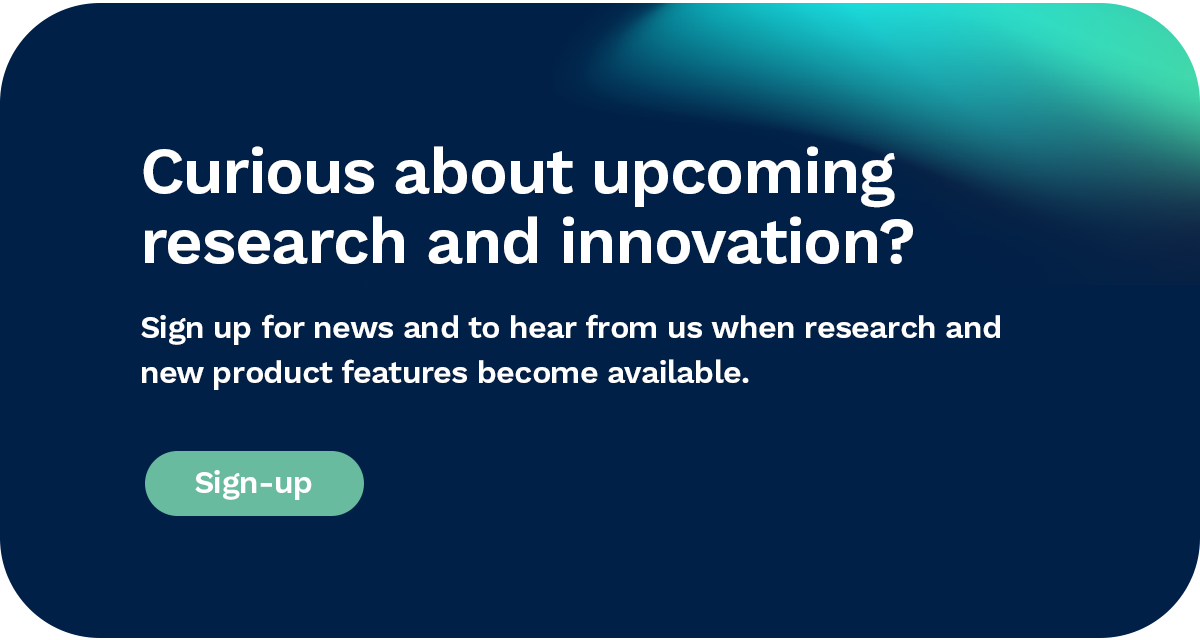
How to keep your echo technology up to date (with minimal spend)
- | By Ultromics
- Articles
We are seeing a transformation in echocardiogram technology with modern automated platforms that use artificial intelligence to not only improve accuracy in heart disease detection, but also the time it takes to measure and report. However, guidelines are constantly adding new processes (such as measuring strain), and clinics want to keep their technology updated with the latest innovation to provide the best care for their patients.
Purchasing new software and replacing any picture archiving and communication system (PACS) gets expensive quickly. With budget and time constraints becoming increasingly tighter, echo departments are looking for ways to help meet both demands in the rising number of patient cases and the growing burnout among their teams, while maximizing existing resources and driving towards the Quadruple Aim of: enhancing patient care experience, improving outcomes, reducing costs, and improving clinician satisfaction.
Many providers are turning to cloud-based AI technology to help solve these challenges. In this article, we’ll take a closer look at what cloud AI can do for reporting outcomes, and why it offers high value when added to traditional systems.
Related read: 5 Reasons Why Echocardiography Analysis Is Moving To The Cloud
How Cloud AI Technology is Revolutionizing Echo Reporting.
Instead of a traditional model, where a hospital will own technology and purchase outright, over 83% of healthcare sites now use cloud-based services. This is typically a Software-as-a-Service (SaaS), and operates through a subscription-based model.
Cloud-based AI technology has become one of the best ways to maintain efficiency and quality, while answering to increasing demands, and budget and time constraints in echocardiography settings. It connects to traditional PACS systems to offer:
- Faster, secure access to diagnostics (without manual effort)
AI cloud technology answers a challenge practitioners are increasingly experiencing: more measurements, without any extra time and cost allotted to take them. With the right AI, practitioners quickly access diagnostics, such as global longitudinal strain (GLS), in addition to Ejection Fraction (EF), without the manual effort of interpreting exams. This minimizes burnout while still meeting evolving guidelines. - Accurate, zero-variability reports
Automating echo analysis in the cloud removes subjectivity and errors inherent with manual processes and intervention. Healthcare professionals receive reports with zero variability. The right zero-touch cloud AI should be built on years of clinical outcomes in order to make accurate contours and measurements that not only matches or exceeds an expert sonographer, but also correlates to a patient's known outcome. - Vendor-neutral connection, anywhere around the world
Cloud-based AI is connected through a simple, secure connection that allows practitioners to access high-precision diagnostics from anywhere in the world, wherever there is an ultrasound machine. Practitioners can obtain access, regardless of their current technology or infrastructure set-up.
Is AI Cloud Technology Expensive?
This is one of the most common questions healthcare professionals ask, and for good reason. With increasing clinical costs alongside higher patient demand and strict budgets, adding new technology might not seem viable.
However, cloud-based AI technology can be an excellent return on investment for a number of reasons. First, it’s easy to onboard with current PACS. It connects with any existing infrastructure, and doesn’t require hours of costly IT support or practitioner training.
Second, It requires a lower initial investment and its operational costs are lower than traditional systems. Cloud-based platforms generally offer subscription-as-a-service (SaaS) options that alleviate the need for purchasing new on-premise software and give clinics the flexibility of subscription-based “pay as you go” models.
This leads to another financial benefit of the cloud-based AI technology: organizations can seamlessly scale up when they need to, and easily switch on services to other departments or geographically diverse locations Providers can modify their care delivery models, and share information with more flexibility, which is critical now that care is no longer only managed within the hospital.
A cloud-based AI vendor manages the complete lifecycle and provides support services, offers business intelligence, quality control, and enables continuous adoption of new innovation, so it’s easy to add new measurements and tools recommended in guidelines without expensive IT support. Providers can shift away from large, unpredictable hardware and software upgrades to a fully managed service that saves them time and costs. Additionally, by spending less time on maintaining software and infrastructure, providers can refocus their time to drive strategies, transform at speed, and reframe their future.
Supporting Providers with Moving to Cloud-Based AI Technology and Advancing their Echo Workflow.
With how powerful AI cloud technology seems to be, it’s surprisingly easy to onboard. Clinicians don’t need to spend precious hours training on the new system. It doesn’t take ages for IT to implement it. Unlike hardware, software, and platform applications that quickly become obsolete, the cloud connects to any infrastructure regardless of the current equipment used. This means you can continue to use your current PACS systems alongside.
One of the biggest changes to everyday clinical processes will be the reduction of manual reporting and subsequent variability. This, paired with faster processing times, means that healthcare practitioners have more availability to focus on patients and ensure good outcomes.
Final Considerations
While cloud-based AI is a promising technology, it’s important to thoroughly research potential providers. Ensure your AI vendor provides a transparent view into their data sets, and that they adhere to good, ethical AI practices.
Ensure that the provider offers HIPAA and regulatory compliant VPN security and SaaS cost flexibility. Cloud technology has shown great promise in helping providers adopt new echo capabilities while providing an affordable, secure, and scalable foundation to improve care and support a more efficient healthcare setting.
Today’s cloud services can offer better security and privacy for health systems compared to many on-premise solutions. By moving elements to the cloud, organizations can leverage the standards of cloud providers to layer onto their own security and compliance strategy. Ensure that the provider offers HIPAA and regulatory compliant VPN security and SaaS cost flexibility.
Also important is whether your cloud-based AI provider is built on years of clinical outcomes. This eliminates manual intervention and leads to the most accurate echo reports with zero variability.


